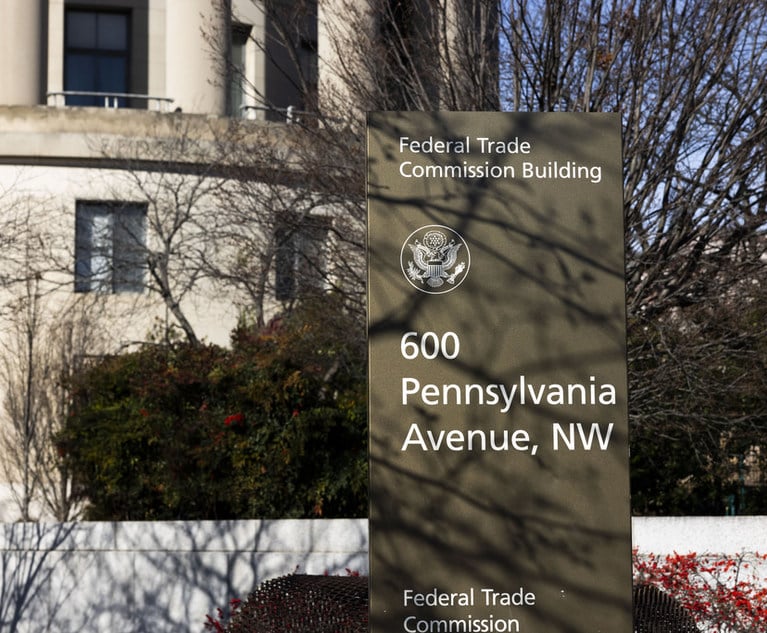The National Association of Insurance Commissioners (NAIC) saidit has serious concerns about the timing, necessity and complexityof developing a risk-based global insurance capital standard (ICS)given legal and regulatory differences around the globe, but thatit intends to stay in the process rather than resistit.
|The ICS are to be included within ComFrame, the project begun in2010 by the International Association of Insurance Supervisors(IAIS).
|The state-regulatory statement said the NAIC will be mindful ofthe cost/benefit of the proposed standards, the impact on productavailability and affordability or other market impacts, and thecompatibility of any standards with the U.S insurance-regulatorysystem.
|To be sure, some in the U.S. insurance industry are concernedabout the shape, content, rules and style in which any standardswould be crafted and applied, including the possibility of drivingup costs and exiting of markets if a great deal more capital isrequired to be held by insurance companies at any level.
|The NAIC declared its views in a new document discussed duringthe NAIC Winter National Meeting here in Washington thisweekend.
|The ICS for internationally active insurance groups—which arenot solely global systemically important insurers, but companiesdoing business in multiple countries—"should be developed assomething in addition to jurisdictional capital requirements,"states the NAIC document.
|"For the U.S., it would be in addition to the U.S. risk-basedcapital (RBC) that applies at the legal-entity level; we do notintend for RBC to be replaced by any new group-capital rules butrather augment our existing approach."
|The NAIC is concerned with what it sees as an assumption thatcapital can be freely moved within an insurance group. It iscritical, said the NAIC, that the free flow of capital across agroup should not jeopardize the financial strength of any insurerin the group. Whatever is implemented at the group level should bein addition to jurisdictional capital requirements—in the U.S. inaddition to the RBC that applies at the legal-entity level, theNAIC document asserts.
|The request of the to the IAIS is accepted but notseen as a positive element by all.
|The landmark Solvency II, with its risk-based supervision requirements, which is now going to be a reality inEurope after 13 years, also is expected to shape the ICSdevelopment by the IAIS.
|To that, Gabriel Bernardino, chairman of the European Insuranceand Occupational Pensions Authority (EIOPA) spoke at the NAIC'sInternational Insurance Relations Committee meeting Dec. 15, inwhat Connecticut Insurance Commissioner Tom Leonardi called a "tourde force" speech. Bernadino said it would a shame if regulatorsaround the world did not work together to make it happen or triedto prevent a capital standard that makes sense for insurance.
|If the IAIS doesn't do it, the G-20's Financial Stability Board(FSB) made clear it would move in and do so, Bernardino confirmedafterwards.
|He said that the ICS will not and should not mirror Solvency II,but should have principles of risk-based regulation, consistentvaluation and a clear calibration of the risk.
|"We need an internationally common language," he said. In theU.S., RBC created that trust between regulators statewide,Bernardino said. The global-capital standard will create a similartrust between country regulators, he concluded.
|There may be trust developing, but between U.S. regulators andthe European supervisors, at least, things are still a bittense.
|At the end of the meeting, Doug Barnert of Barnert Global Ltd.,representing insurance clients, took the floor over committeeobjections on time. Barnert said that he took offense at Bernardinoreferring to a description of the IAIS meetings having acircus-like atmosphere, having worked as an observer with the IAISfor at least a decade.
|The industry fears that the new restructuring proposal of theIAIS will shut out observers—both industry and consumers, as wellas other non-regulatory stakeholders—during policy-decisive workingmeetings which would feature hand-selected experts behindclosed-door meetings. They complained during the InternationalCommittee meeting that they feared a lack of transparency with thenew way the IAIS will structure meetings.
|The IAIS is trying to become more efficient and may beconsidering webinars and video calls to work on policy matters withmembers and observers.
Want to continue reading?
Become a Free PropertyCasualty360 Digital Reader
Your access to unlimited PropertyCasualty360 content isn’t changing.
Once you are an ALM digital member, you’ll receive:
- All PropertyCasualty360.com news coverage, best practices, and in-depth analysis.
- Educational webcasts, resources from industry leaders, and informative newsletters.
- Other award-winning websites including BenefitsPRO.com and ThinkAdvisor.com.
Already have an account? Sign In
© 2024 ALM Global, LLC, All Rights Reserved. Request academic re-use from www.copyright.com. All other uses, submit a request to [email protected]. For more information visit Asset & Logo Licensing.








